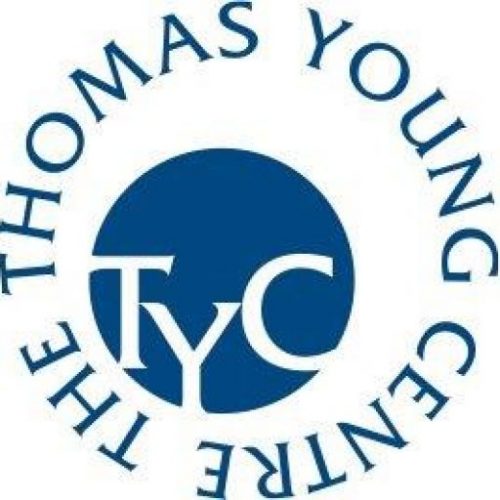
- This event has passed.
TYC Symposium: The large system limit: How big can we go in our simulations…?
13 April @ 3:00 pm – 5:00 pm
River Room, King’s College London, Strand, London WC2R 2LS
Simulating Thousands of Atoms using Linear Scaling BigDFT – Laura Ratcliff, University of Bristol
Linear-scaling formalisms of density functional theory (DFT) are becoming increasingly popular due to their ability to overcome the size limitations of standard cubic scaling implementations of DFT, thereby enabling simulations of tens of thousands of atoms. One approach, which is implemented in the wavelet-based BigDFT code, uses localised support functions, whose locality can also be further exploited for defining fragment-based approaches. In this talk I will describe how linear-scaling BigDFT and the related fragment approaches are used simulate large systems, giving examples of the corresponding new opportunities forboth performing and analysing first principles simulations of many thousand atom systems.
Large-scale and linear scaling DFT: why we need it, and how we do it – David Bowler, University College London
We will survey the underlying theory behind the large-scale and linear scaling DFT code, CONQUEST[1], which shows exceptional parallel scaling (demonstrated up to 200,000 cores) and can be applied to up to ten thousand atoms with diagonalisation, and millions of atoms with linear scaling. We will give details of the representation of
the density matrix and the approach to finding the ground state, and discuss the implementation of molecular dynamics with linear scaling. We will give an overview of the performance of the code, and provide examples of recent developments.
We will also discuss the recent application of CONQUEST to complex ferroelectric systems with up to 5,000 atoms[2,3]. We studied the local polarisation textures[2] of PbTiO3 thin films on SrTiO3. We observed the formation of polar vortices in a thick film (9 layers), while thinner films (3 layers) cannot support these, instead showing a polar wave with chiral bubbles forming at the surface; we have extended these studies using linear scaling to investigate the interaction of domain walls with surface trenches[3].
[1] A. Nakata et al., J. Chem. Phys. 152, 164112 (2020)
[2] J. S. Baker and D. R. Bowler, Adv. Theory Simul. 3, 2000154 (2020)[3] J. S. Baker and D. R. Bowler, Phys. Rev. Lett. 127, 247601 (2021)
Atomistic simulations of materials with billions of atomic orbitals – Aires Ferreira, University of York
Computational modelling has become an essential tool in condensed matter physics that has propelled the understanding and discovery of novel quantum phases of matter with far-reaching applications in many fields. In this talk, I will review recent advances in large-scale simulation of condensed matter that leverage the power of approximation theory to dramatically increase the system sizes we can treat using modern many-body approaches. My focus will be on the electronic structure and quantum transport properties of weakly-correlated materials, for which accurate Chebyshev approximants have been developed that enable us to tackle tight-binding models of realistic complexity (e.g. graphene and Weyl semimetals), containing up to billions of atomic orbitals. In the final part of the talk, some of the emerging and most exciting applications of Chebyshev approximation theory, including the simulation of interacting quantum spin models, will be briefly discussed.
Organised by:
George Booth
george.booth@kcl.ac.uk

